The Game of Four Queens
In 1988 the Danish School of Design set the examination project to design a pack of playing cards. Thomas Damkier designed this royalty deck, called “Dronningespillet” (Game of Queens).
The Game of Four Queens designed and created by Thomas Damkier, 1988
In 1988 the Danish School of Design set the examination project to design a pack of playing cards. All students passed the examination. Thomas Damkier was the designer of this royalty deck, which he called “Dronningespillet” (Game of Queens) since his concept was based upon the - at that time - four reigning queens: (in alphabetical order by kingdom) Margerethe II of Denmark, Elizabeth II of Great Britain, Beatrix of the Netherlands and Ntambi of Swaziland.
One of Thomas Damkier's ideas was to create a closer relation between the design of the courts and the number cards. The geometrical forms used for the number card designs are derived from the suit marks and the same forms are repeated in the appropriate court card designs. The Queens are framed in cropped versions of the suitmarks, the Kings and Princes again are framed by derived variations of the same forms. The number cards are divided into high and low values. Spades and Hearts are smaller than Clubs and Diamonds. The four lions on the Jokers are lions that - except for the African lion - can be found in the respective countries' heraldry.
Instead of using the elaborate laminated boards that the other students used for their presentations, Thomas Damkier, who was disabled, succeeded in presenting his work as a proper card deck.
Thomas Damkier died of sclerosis a few years later.
REFERENCES
Jensen, K. Frank: Royalty on Danish Playing Cards, The Playing-Card vol.32 no.1, IPCS, July-Aug 2003.
Images and notes courtesy K. Frank Jensen, who was one of the external examiners of the project and whose article describing the cards forms the basis of this page.
By Simon Wintle
Spain • Member since February 01, 1996 • Contact
I am the founder of The World of Playing Cards (est. 1996), a website dedicated to the history, artistry and cultural significance of playing cards and tarot. Over the years I have researched various areas of the subject, acquired and traded collections and contributed as a committee member of the IPCS and graphics editor of The Playing-Card journal. Having lived in Chile, England, Wales, and now Spain, these experiences have shaped my work and passion for playing cards. Amongst my achievements is producing a limited-edition replica of a 17th-century English pack using woodblocks and stencils—a labour of love. Today, the World of Playing Cards is a global collaborative project, with my son Adam serving as the technical driving force behind its development. His innovative efforts have helped shape the site into the thriving hub it is today. You are warmly invited to become a contributor and share your enthusiasm.

Leave a Reply
Your Name
Just nowRelated Articles

Dronning Margrethe II
Elegant, elongated cards designed by Queen Margrethe II of Denmark.
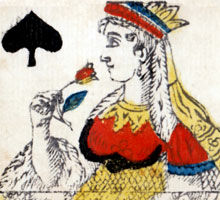
Jacob Holmblad c.1820
Standard woodblock and stencil deck produced by Jacob Holmblad with double-ended court cards in the ...

Holmblad Animal Tarot
Instead of the old emblematic designs, the trump cards show illustrations of animals, which could po...

L. P. Holmblad, c.1845
Holmblad ordered his earlier designs to be re-drawn and updated. Comparison of packs from this era s...

Christian IV Anniversary
King Christian IV anniversary pack, designed by Thora Fisker and printed by L. Jevison Junior, 1988....

L. P. Holmblad c.1840
L. P. Holmblad's house pattern used from c.1840. The K♠ carries a harp as in the traditional French-...

Transformation of Playing Cards
The best-known fantasies with playing cards are the ‘Transformation’ cards. Hand-drawing ‘transforma...
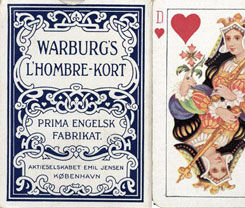
King Christian of Denmark
In 1935 a souvenir pack of playing cards to celebrate the King's 65th birthday was commissioned from...
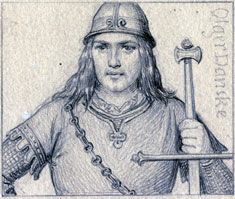
L. P. Holmblad - Denmark
Cards from c.1850 by L. P. Holmblad showing fantasy historical Danish Kings and Queens.

Balázs Pál Nagy's Tell No. 3306 Playing Cards
Balázs Pál Nagy Tell 3306

Balázs Pál Nagy's Playing Cards
Balázs Pál Nagy's Playing Cards

Ian Roth’s Unique playing cards
Ian Roth’s Unique playing cards

Pippoglyph
Pippoglyph Playing Cards by Ben Crenshaw © 2004

Karlis Padegs
Karlis Padegs (1911-1940) was a Latvian artist who designed 17 playing cards in 1936 - joker, aces, ...
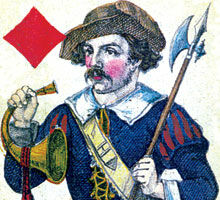
Danish Tarok Cards - Holmblad, c.1850
The traditional animal images on tarok decks are here substituted by images of buildings from Copenh...

Danish Tarok Cards - Salomon & Co., c.1906
Danish Tarok cards published by S. Salomon & Co., Kjøbenhavn, c.1906.

Danish playing cards - Tarock trumps
Two versions of trump no.15 depicting the Thorvaldsen Museum.

History of Danish Playing Cards
The earliest mention of playing-cards in Denmark dates from 1487 when King Hans, who reigned from 14...
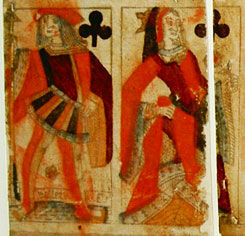
Regarding the designs of playing cards
The quality of playing card designs often deteriorates with time…

Queen of Hearts
“Queen of Hearts” by Josie Callipari, winner of the Brian Tucker Accounting Desert Fantasia Award 20...
Most Popular
Our top articles from the past 60 days


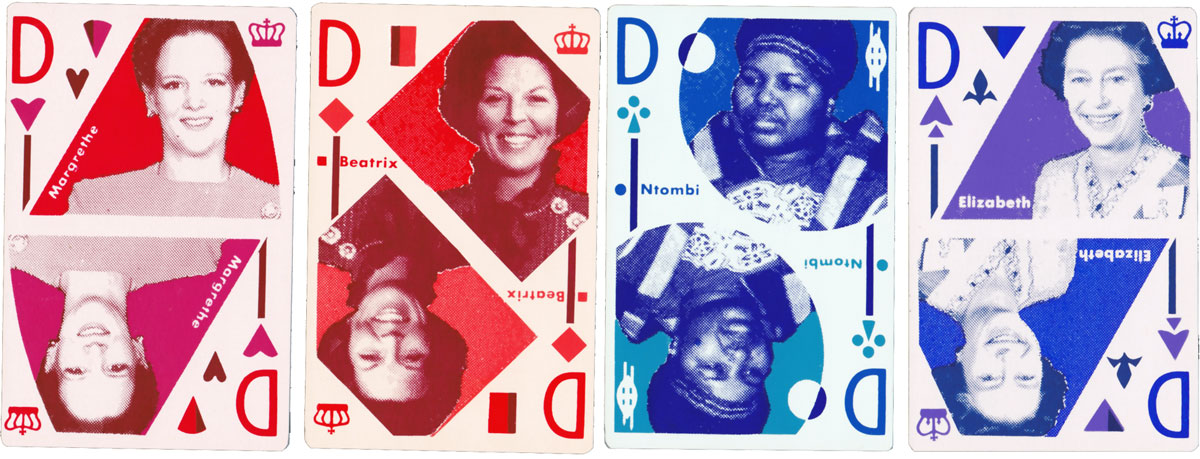
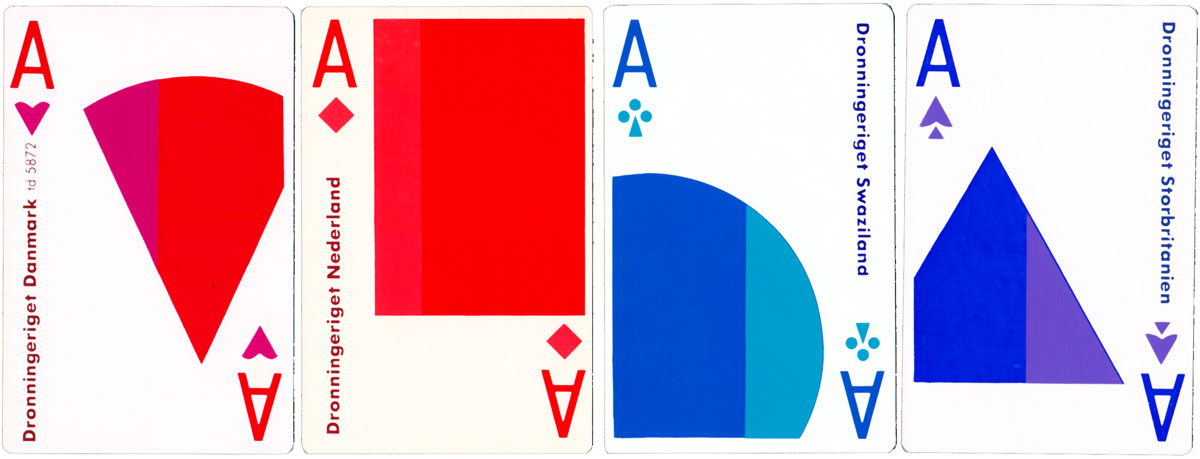
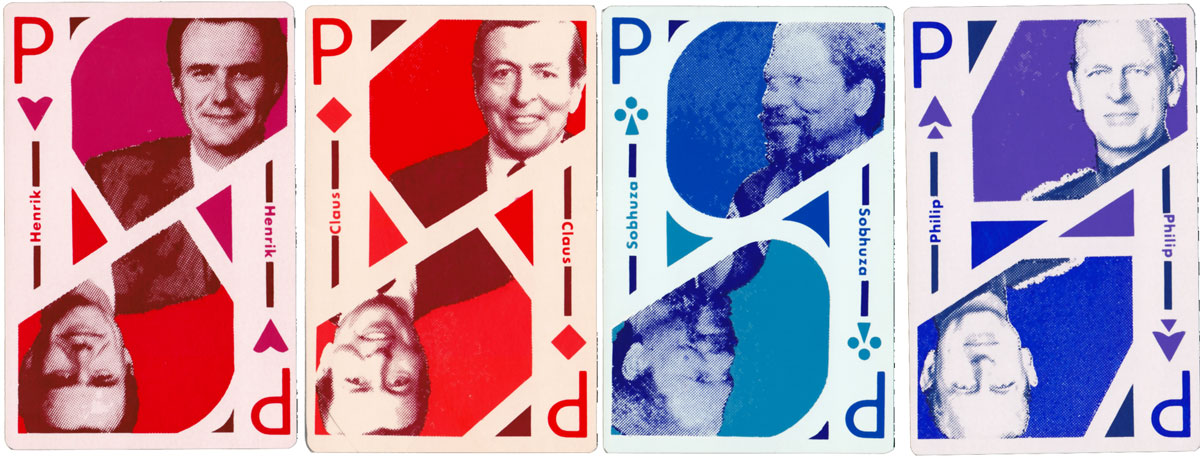
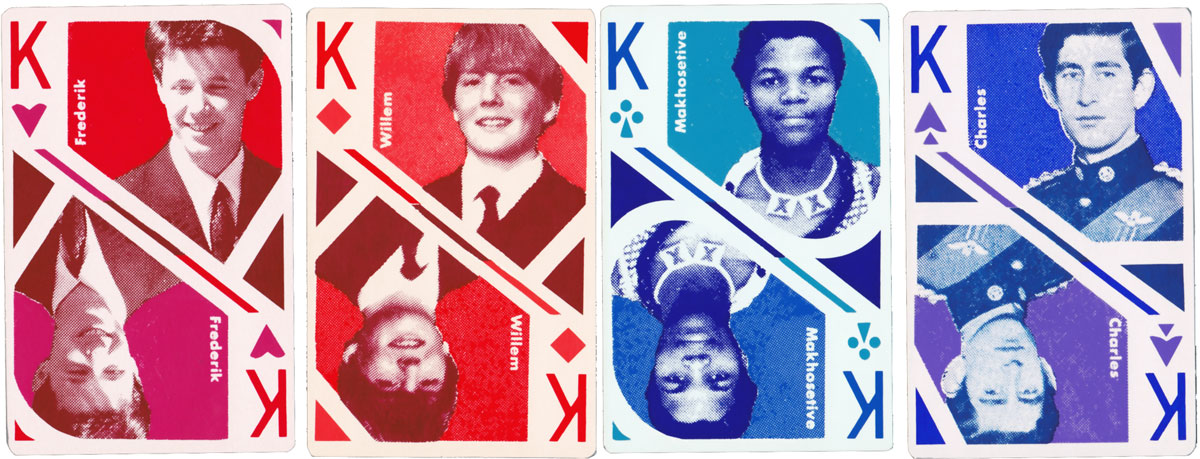

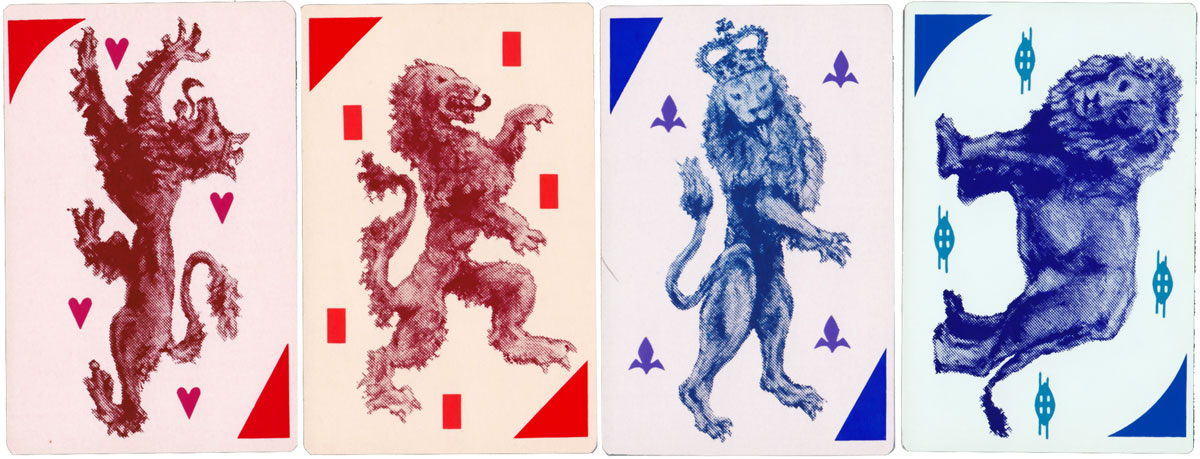
 Your comment here. Your comment here. Your comment here. Your comment here. Your comment here. Your comment here. Your comment here. Your comment here. Your comment here. Your comment here. Your comment here. Your comment here. Your comment here. Your comment here. Your comment here. Your comment here. Your comment here. Your comment here. Your comment here. Your comment here. Your comment here. Your comment here. Your comment here. Your comment here. Your comment here. Your comment here. Your comment here. Your comment here. Your comment here. Your comment here. Your comment here. Your comment here.
Your comment here. Your comment here. Your comment here. Your comment here. Your comment here. Your comment here. Your comment here. Your comment here. Your comment here. Your comment here. Your comment here. Your comment here. Your comment here. Your comment here. Your comment here. Your comment here. Your comment here. Your comment here. Your comment here. Your comment here. Your comment here. Your comment here. Your comment here. Your comment here. Your comment here. Your comment here. Your comment here. Your comment here. Your comment here. Your comment here. Your comment here. Your comment here.




















